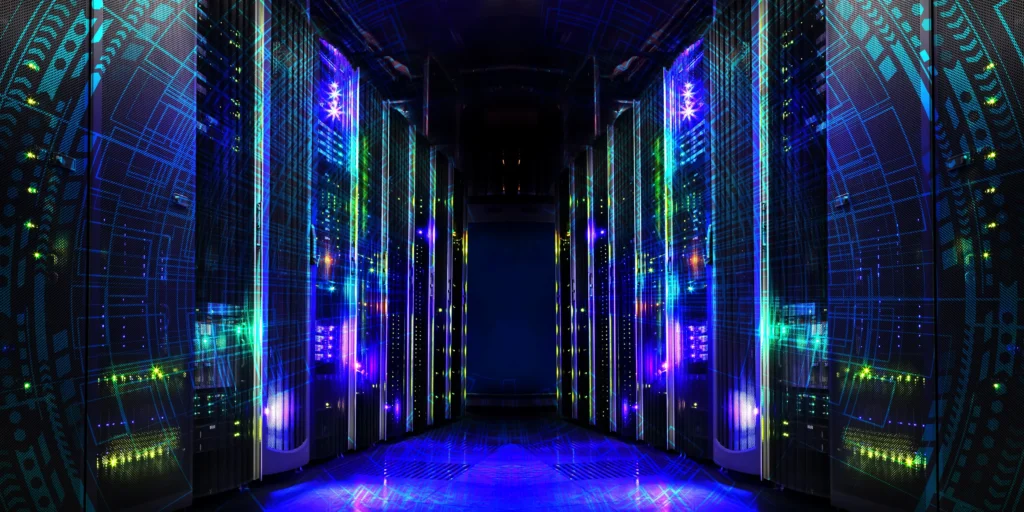The Big Picture
For decades, the cloud has been the backbone of digital life – storing photos, running apps, and powering business systems. But as connected devices multiply and real-time demands grow, cloud-only models are showing their limits. Enter edge computing, a system where data is processed closer to where it’s generated – at the “edge” of the network.
From autonomous cars to smart factories, edge computing is emerging as the invisible infrastructure enabling speed, reliability, and new possibilities.
Applications
Edge computing is already shaping industries in tangible ways:
- Autonomous Vehicles: Cars need to process sensor data in milliseconds to make safe driving decisions. Sending all that data to the cloud would be too slow.
- Healthcare: Wearable devices and hospital equipment analyze patient data locally, providing real-time alerts without waiting for cloud servers.
- Smart Cities: Traffic lights, utilities, and surveillance systems rely on instant edge decisions to keep services running smoothly.
- Industrial IoT: Factories deploy edge systems to monitor machinery and optimize production in real time.
- Retail: Smart shelves and checkout systems process data locally to improve efficiency and customer experience.
According to Gartner, by 2025, 75% of enterprise data will be processed at the edge, up from just 10% in 2018.
Benefits
Edge computing delivers advantages that cloud systems alone cannot:
- Speed: Lower latency ensures real-time responses – essential for autonomous tech and critical systems.
- Reliability: Local processing reduces dependence on distant servers, minimizing downtime.
- Bandwidth Savings: Not all data needs to travel to the cloud; edge computing filters and sends only what’s essential.
- Security: Sensitive data can be processed locally, reducing exposure during transmission.
- Scalability: As IoT devices proliferate, edge systems prevent networks from becoming overloaded.
Challenges & Ethics
Like any major shift, edge computing brings hurdles:
- Complexity: Managing thousands of distributed edge nodes is more challenging than centralized cloud systems.
- Standardization: Competing frameworks and lack of unified standards slow adoption.
- Security Risks: Edge devices can be vulnerable entry points if not secured properly.
- Cost: Deploying and maintaining edge infrastructure requires significant investment.
Cisco estimates that global spending on edge solutions will exceed $250 billion annually by 2030, raising questions about who controls and benefits from this infrastructure.
Outlook
Edge computing isn’t a replacement for the cloud – it’s a complement. The future will likely see hybrid architectures, where edge handles real-time processing and the cloud manages large-scale storage and analytics.
By the late 2020s, edge computing will be essential for technologies like 6G, smart cities, and autonomous systems. In other words: it will become the unseen but critical layer of digital infrastructure.
Practical Takeaways
- Edge computing processes data closer to the source, reducing latency and bandwidth use.
- It’s critical for autonomous vehicles, healthcare, IoT, and smart cities.
- Benefits include speed, security, and scalability.
- Challenges: security vulnerabilities, high costs, and lack of standardization.
- Expect widespread adoption as part of hybrid cloud-edge systems by 2030.
Sources
- Gartner (2023) – Forecast: The Rise of Edge Computing.
- Cisco (2024) – Global Edge Computing Spending Outlook.
- Deloitte (2023) – Edge Computing in Industry 4.0.
- IEEE Spectrum (2024) – Edge vs Cloud: The Future of Data Processing.








Leave a Reply